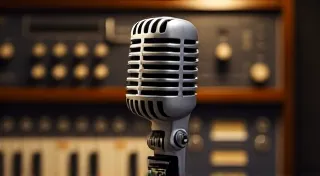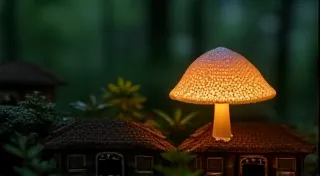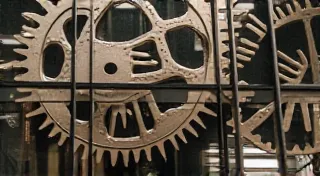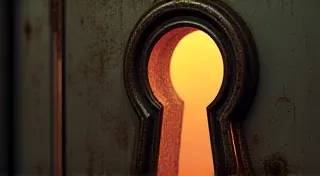Whispers of the Machine: Finding Voice in the Resonance of Ribbons
The clatter. It's more than just noise. It's a conversation. It’s the echo of countless stories, poems, letters, and manifestos pressed onto brittle paper, leaving a tangible trace of human thought and emotion. As a collector and restorer of vintage typewriter ribbons, I'm not simply handling fabric and ink; I'm cradling fragments of forgotten voices.
My fascination began, as many such journeys do, with a simple inheritance. My grandfather, a quiet man of meticulous habits, left me his Underwood No. 5, complete with a few spools of faded ribbons. I remember, as a child, being forbidden to touch it. "Too delicate," my grandmother would say, her voice hushed with reverence. But the forbidden fruit is always the sweetest. Once I was older, I would sneak into his study, listening to the rhythmic pulse of the machine as he typed – a punctuation to his day. It was a sound that felt inherently *right*.
The ribbons themselves, brittle and fading to a ghostly grey, hinted at a past I yearned to understand. Each typewriter ribbon is a testament to a time when writing wasn’t a frictionless experience. It demanded effort, a deliberate physicality that imbued the words with a certain weight and gravity. The slight imperfections – a smudge here, a faint bleed there – weren’t flaws; they were marks of authenticity, echoes of the hand that guided the keys.
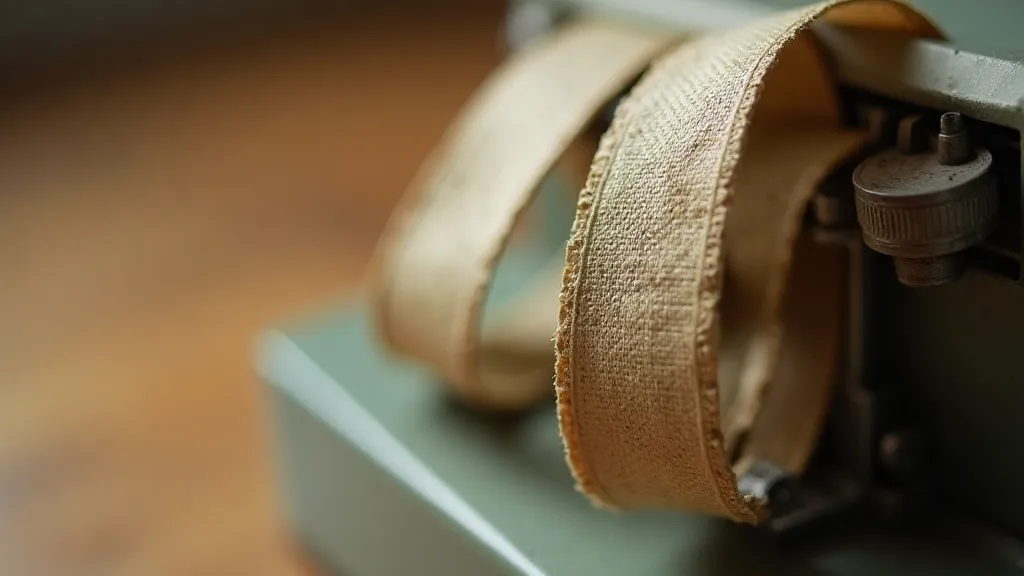
The Echo of a Different Era
Consider the context. The height of the Underwood’s popularity coincided with a period of immense social and technological upheaval. The early 20th century was a time of rapid industrialization, of letters crossing continents via nascent postal networks, of the burgeoning power of journalism. Typewriters weren’t just a convenience; they were vital tools for commerce, communication, and the dissemination of ideas. The words typed on these machines shaped public opinion, documented history, and connected people across vast distances. This era witnessed a profound shift in how information was shared and consumed, a fascinating period of transformation, and it's difficult to fully grasp the impact without considering the tools of the time. Exploring the stories behind these machines feels, in a way, like a form of cartography of silence, mapping the forgotten landscapes of antique equipment.
Writing with a typewriter wasn't the seamless, silent process we often experience today. It required a certain presence, a deliberate engagement with the machine. The user felt the resistance of the keys, heard the click and clack of the typebars, and was visually aware of the ink transferring to the page. This physicality, I believe, subtly influenced the writer's voice. There's a certain directness, a certain groundedness, in language produced by this method – a feeling that the words have been truly earned.
The Art of Restoration: Preserving a Resonance
Restoring vintage typewriter ribbons isn’t simply about cleaning and preserving a physical object. It's about safeguarding a piece of cultural memory. The process itself is delicate. Many ribbons are fragile, prone to crumbling or disintegration with the slightest disturbance. The ink, often nitrocellulose-based, is susceptible to fading and damage from light and humidity. The challenge lies not just in preserving the physical integrity of the ribbon, but in preserving the stories it holds - bringing back to life a silent witness to a generation’s words.
My approach is conservative. I never attempt to “perfect” a ribbon. My goal is to stabilize its condition, to prevent further deterioration, and to allow its inherent beauty to shine through. Cleaning involves gentle techniques, using specialized solvents to remove surface grime and residue. Sometimes, a ribbon needs to be re-spooled, carefully winding it onto a clean spool. This is a time-consuming process, requiring patience and a steady hand. It's an act of reverence; each rotation of the spool feels like a whispered acknowledgement of the ribbon’s history. The act feels almost alchemical; transforming decay into narrative gold.
Occasionally, I encounter ribbons in truly remarkable condition. These are treasures – vibrant colours, crisp text, and an almost palpable energy. They remind me that these machines were cherished, used, and loved by their owners. It’s a privilege to be able to handle them, to imagine the hands that guided them, and the stories they helped to tell. The vibrancy of color held within these fragile remnants speaks to the richness of the past; the way those hues and tones hold onto the stories they captured are simply stunning. These remnants of time, preserved through careful restoration, often feel like holding a piece of history itself.
The Physicality and the Voice
I’m convinced that the tactile nature of writing with a typewriter has a profound impact on a writer's voice. The sounds – that unmistakable clatter and ding – provide a rhythm, a cadence that influences the flow of thoughts. It's like a musical accompaniment to the creative process. There's something undeniably satisfying about the feel of the keys beneath your fingertips, the sound of the carriage return, and the visual confirmation that the words are being faithfully recorded on the page. The physicality of the action, the deliberate effort involved in each stroke, seems to imprint itself onto the written word.
Modern digital writing is, by comparison, remarkably detached. We’re shielded from the physicality of the act. We don't hear the sounds, feel the resistance, or see the ink transferring to the page. This lack of sensory input, I suspect, can lead to a certain homogenization of language – a tendency towards blandness and predictability. The subtle nuances, the inherent character imprinted by the machine, are lost in the digital ether.
Consider the difference between a Hemingway novel typed on an Underwood and a blog post written on a laptop. Both convey information, but the former carries a certain weight, a certain authenticity that is often lacking in the latter. It's not simply a matter of style; it’s a reflection of the different conditions under which the words were created. The differences feel like a deliberate choice, a conscious shedding of the machine’s unique imprint on the language.
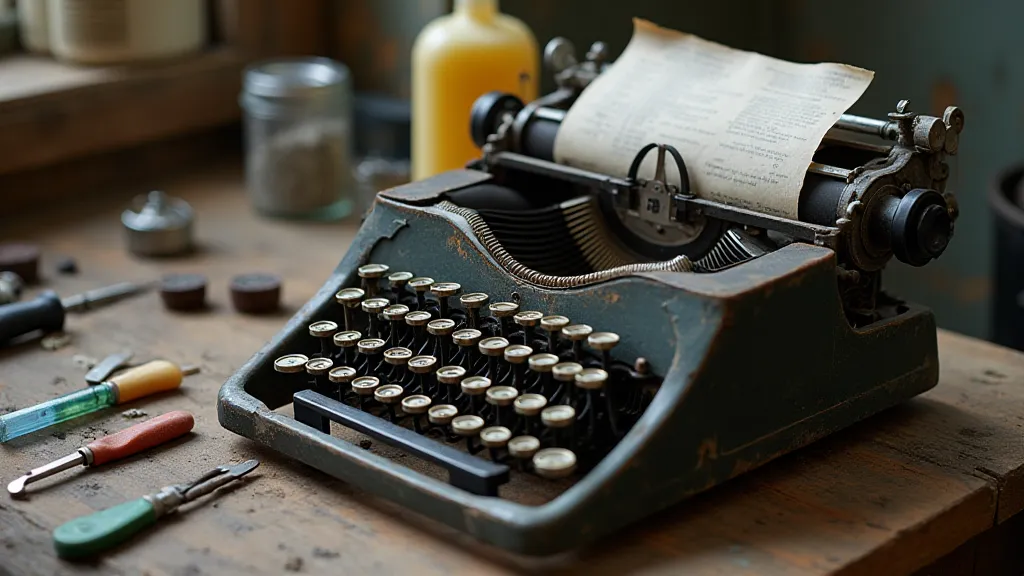
More Than Just Ribbons: A Legacy of Connection
My work with typewriter ribbons extends beyond the technical aspects of restoration. It's about connecting with a community of enthusiasts – collectors, historians, writers, and anyone who appreciates the beauty and craftsmanship of these machines. Sharing stories, exchanging knowledge, and celebrating the legacy of these iconic objects is a deeply rewarding experience. These vibrant echoes from the past often hold a captivating beauty, like chromatic ghosts, reclaiming color in the monochrome age.
Each ribbon I restore represents a link to the past, a tangible connection to the voices that have shaped our world. It's a reminder that writing is not just about transmitting information; it’s about forging connections, preserving memories, and leaving a lasting legacy. The meticulous process of preservation mirrors the effort required to understand and appreciate the history held within these artifacts.
The next time you encounter an antique typewriter ribbon, take a moment to appreciate its history, its craftsmanship, and the voices it helped to amplify. Listen to the whispers of the machine, and allow yourself to be transported to a time when writing was a more deliberate, more physical, and ultimately, more resonant experience. The legacy these machines leave behind is profound, a testament to a time when technology and creativity intertwined in a unique and powerful way.
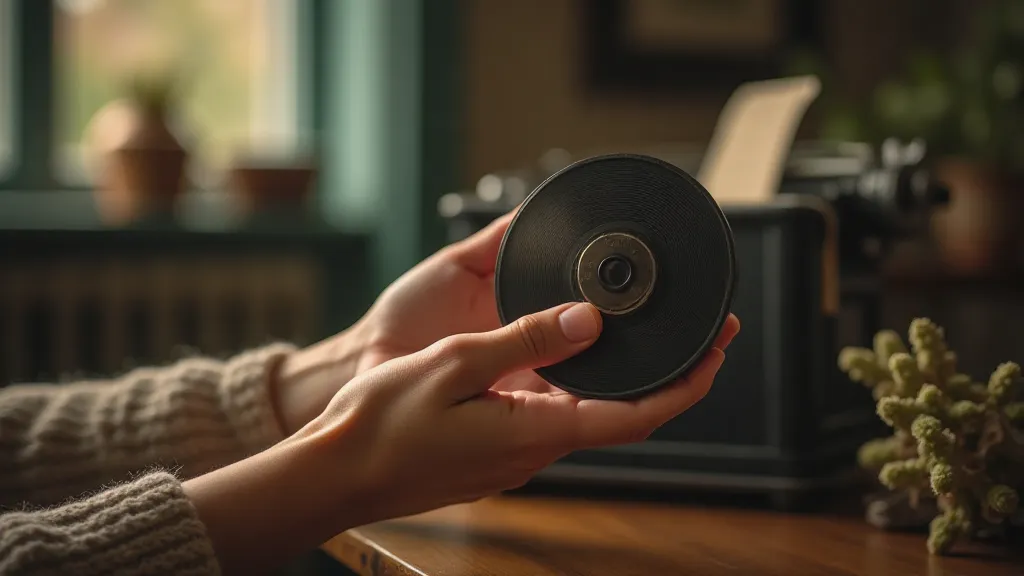
The work of restoration requires more than just technical skill; it requires an understanding of the human connection to these objects. It's about recognizing that each ribbon carries a story, a fragment of history, and a whisper of the past. It’s about appreciating the artistry and ingenuity of the machines and the individuals who used them. By preserving these delicate remnants, we're not just safeguarding artifacts; we're safeguarding memories, experiences, and a unique chapter in human history. This preservation effort truly is an act of the rusting chronicle, repairing lost voices in antique equipment.
The beauty of this craft lies not just in the technical aspects of restoration, but in the journey of discovery that comes with each ribbon. It's about uncovering the stories behind the machines, understanding the context in which they were used, and appreciating the artistry of the individuals who shaped their legacy. It's a journey of connection, a celebration of history, and a testament to the enduring power of human ingenuity. These artifacts, so carefully preserved, provide a window into a world long gone, allowing us to experience a touch of the past in a tangible and meaningful way.
